ELISA technique application in poultry industry
ELISA technique application in diagnosis poultry diseases
4.19 (26 reviews)
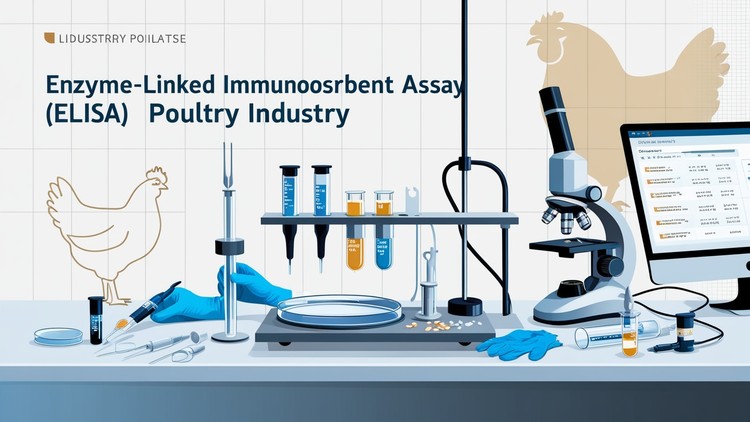
2,202
students
2.5 hours
content
Oct 2024
last update
$19.99
regular price
What you will learn
immunoassay and poultry diagnostics
introduction indirect Elisa blocking
key player in immune response
ELISA test kits
Screenshots
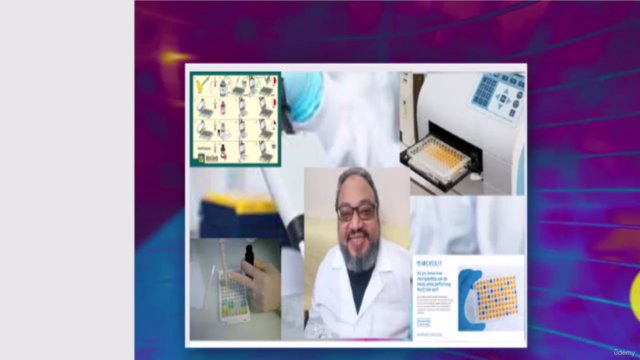
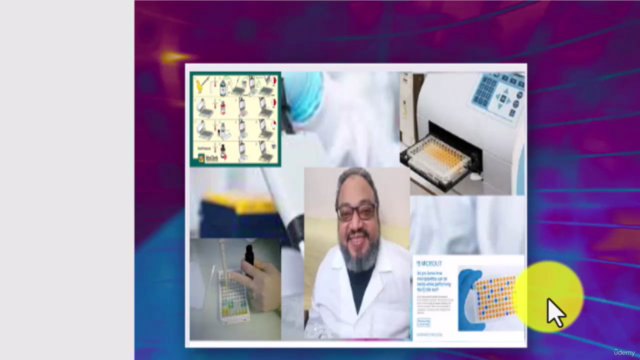
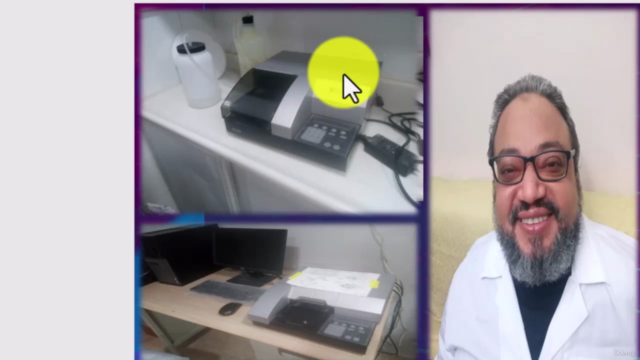
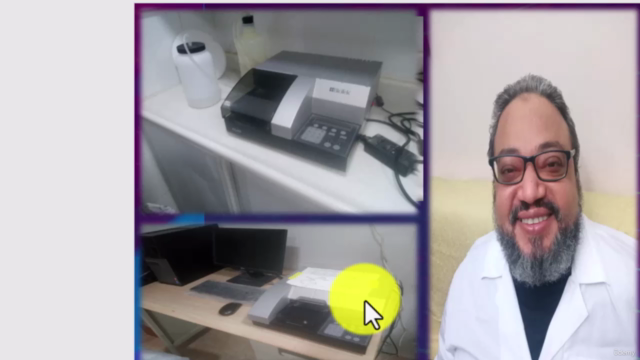
5833688
udemy ID
2/21/2024
course created date
3/2/2024
course indexed date
Bot
course submited by